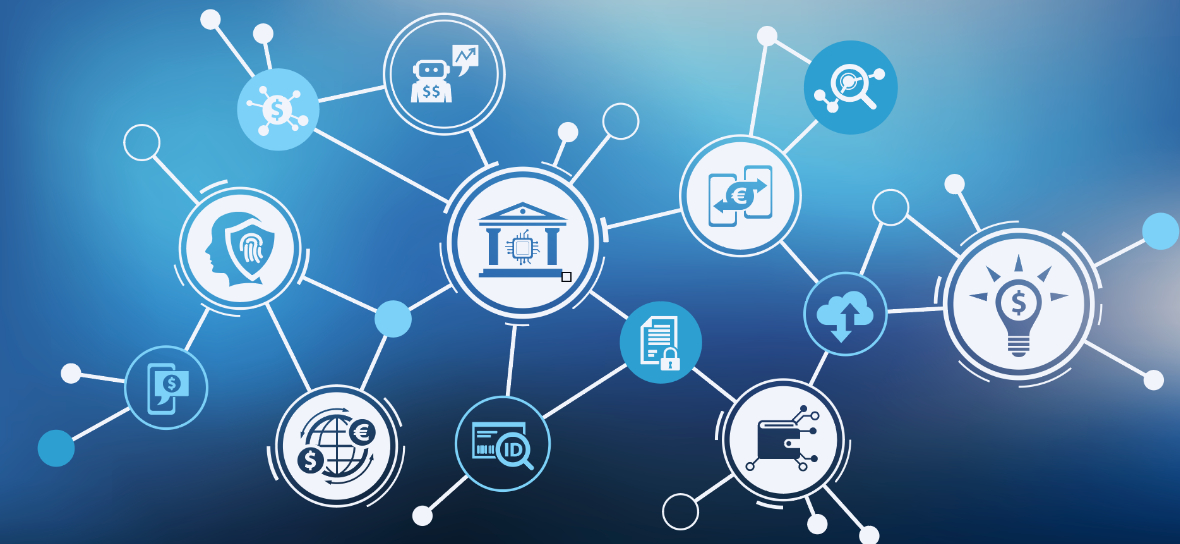As part of this modernization initiative, systems and data will be moved to the cloud. Stringent security requirements around federal cloud adoption have slowed progress. This is where the Federal Risk and Authorization Management Program (FedRAMP) aims to accelerate cloud migration by standardizing assessments. Automating FedRAMP certification has several positive impacts on government IT stakeholders.
Speeding cloud adoption
The lengthy process of manual FedRAMP assessments has bottlenecked agencies moving applications and data to the cloud. Automation drastically cuts down the time and effort required to receive FedRAMP authorization. It allows agencies to migrate systems much faster, expediting access to expanded capabilities the cloud offers. Automating tedious documentation, continuous monitoring, and authorization package assembly ignites cloud adoption across the federal infrastructure to support modernization goals.
Freeing up resources
Preparing for FedRAMP audits requires dedicated personnel and resources. Automation reduces the workload burden associated with FedRAMP compliance. Staff hours previously spent on manual processes are allocated to other security and innovation initiatives that move modernization forward. Automation also cuts down the need for outside consulting services to assist with FedRAMP. Agencies reinvest these freed resources into enhancing infrastructure and apps.
Enabling collaboration
Receiving FedRAMP authorization involves extensive collaboration between agencies, auditors, and cloud service providers. Juggling communication through fragmented methods like email and phone becomes unwieldy. Automation delivers structured coordination and transparency across stakeholders. Centralized platforms allow seamless sharing of documentation, tracking progress, discussing controls, and keeping all parties in sync throughout assessments. Automation facilitates the alignment required to achieve fedramp certificationfaster.
Improving security posture
Automation does not only expedite FedRAMP processes but also enhances security posture. Automated continuous monitoring proactively surfaces risks and vulnerabilities. Automated training delivery strengthens workforce knowledge of security policies and compliance. Orchestrating FedRAMP activities via automation minimizes the risk of gaps arising through siloed manual efforts. Maintaining a strong security posture is essential as agencies embrace cloud-enabled infrastructure.
Driving innovation
Time and resources spent on manual FedRAMP compliance take away from pursuing modernization-enabling innovation. Automation reduces this drag by handling the heavy lifting of FedRAMP evidence gathering, documentation, and authorization package assembly. It allows agencies to redirect efforts toward experimenting with emerging technologies and new ways of supporting citizens through modernized systems. Accelerating rote tasks via automation unlocks the capacity to drive greater innovation.
Meeting evolving standards
FedRAMP requirements constantly evolve to address emerging threats and align with the latest NIST guidance. The purpose is to ensure agencies are regularly reviewing controls and updating compliance activities. Responses to new standards are cumbersome when manual processes are used. The flexibility provided by automation allows FedRAMP requirements to be adjusted as they change. Standards changes can be rapidly incorporated into automated workflows, templates, training, and continuous monitoring. Automation enables seamlessly keeping pace as FedRAMP raises the bar.
Improving citizen experience
A modernized government will improve the way citizens receive services and value from its agencies by adopting cloud technology. Slow FedRAMP assessments delay rolling out new capabilities that enhance citizen experience. Automation speeds the safe migration of systems and apps to the cloud. It enables government agencies to deliver innovative solutions and digital experiences to citizens at a faster pace. Accelerating FedRAMP via automation directly enables better serving the public.








